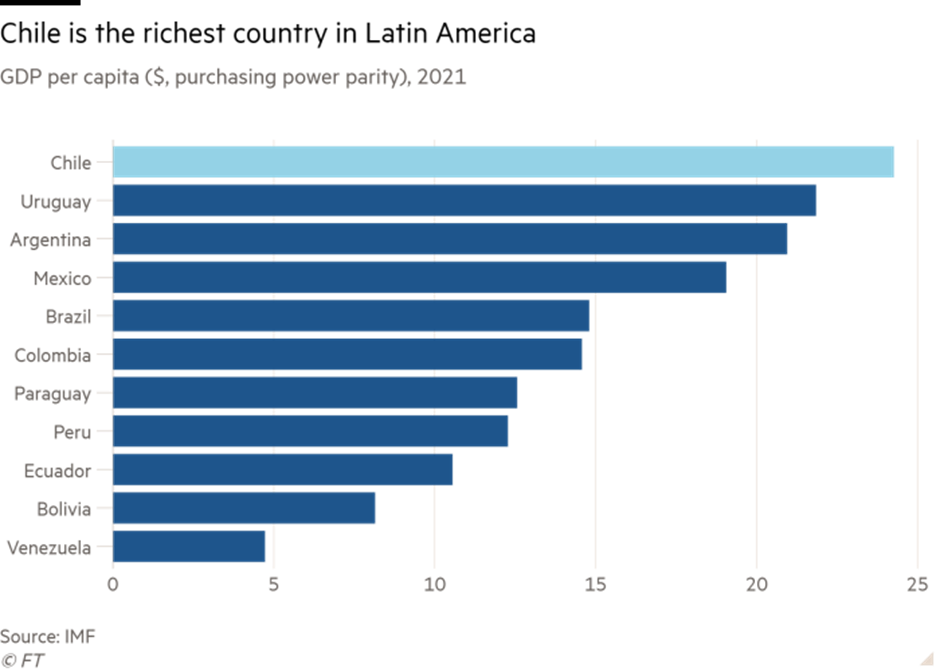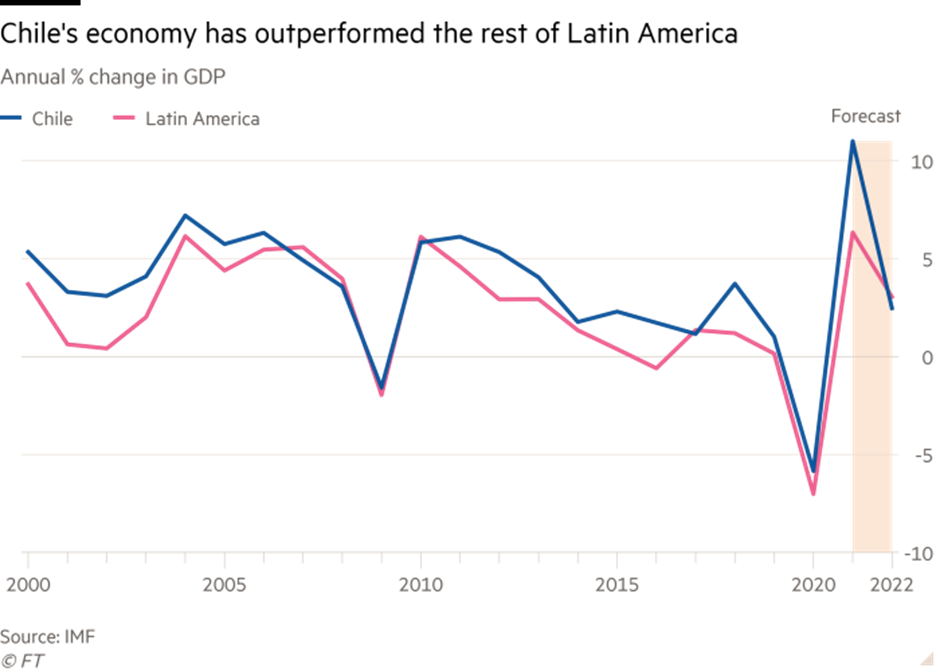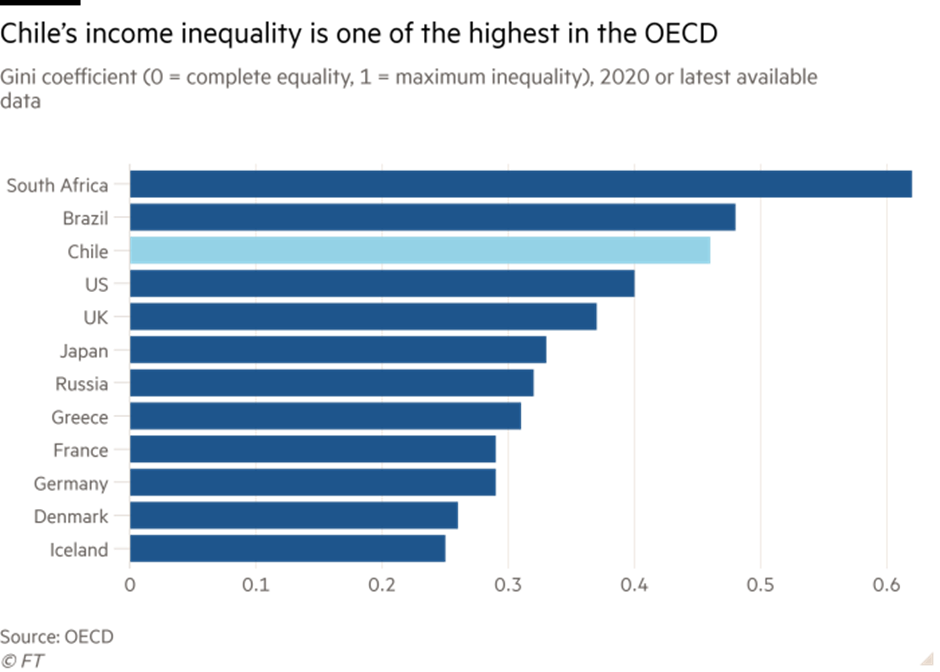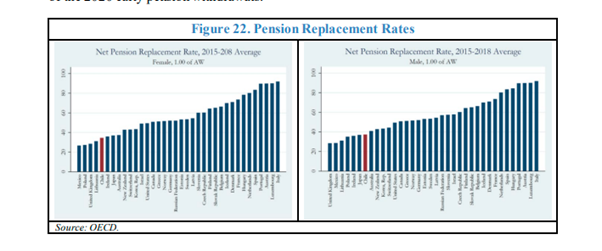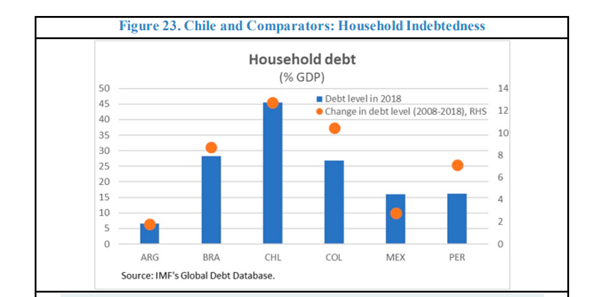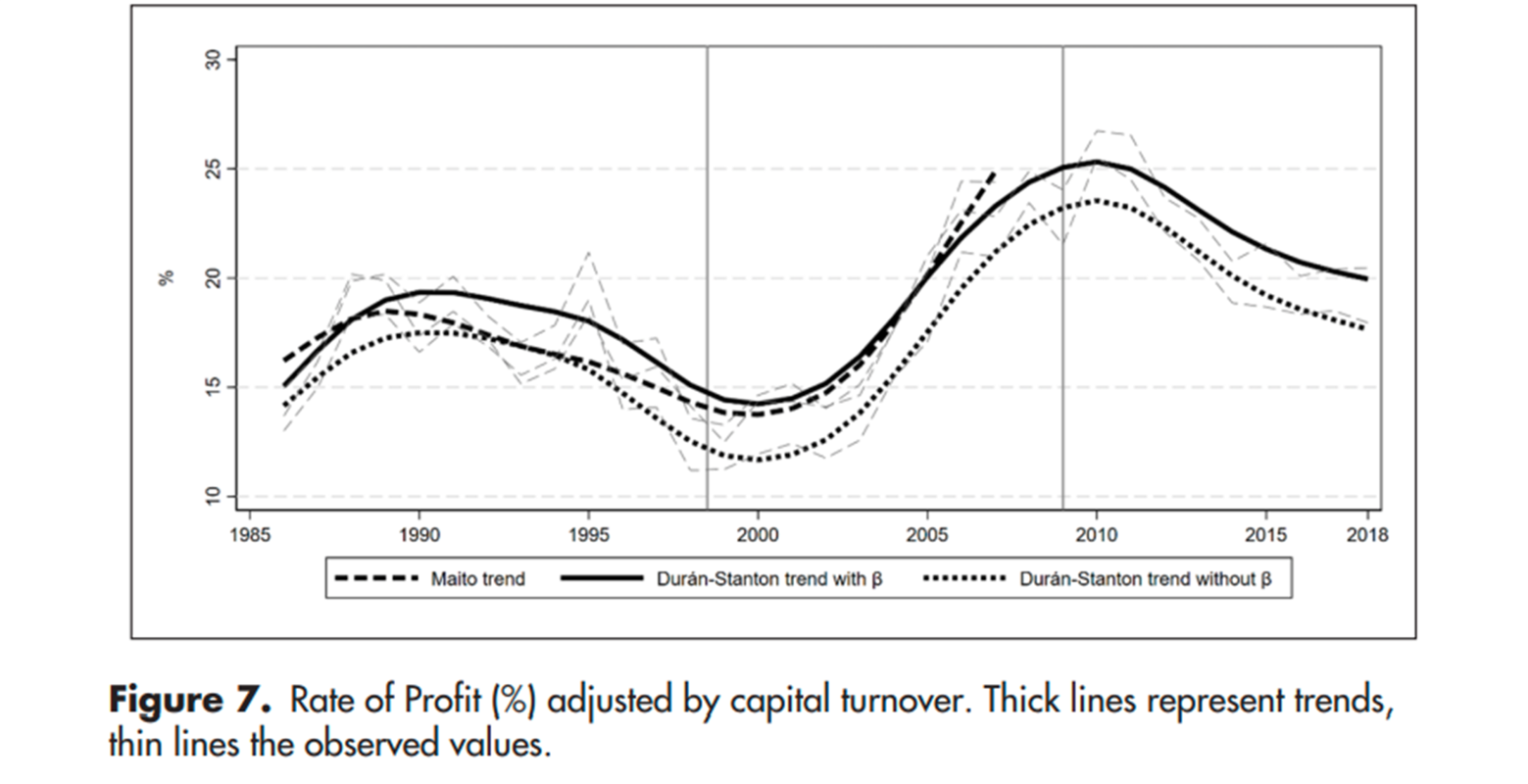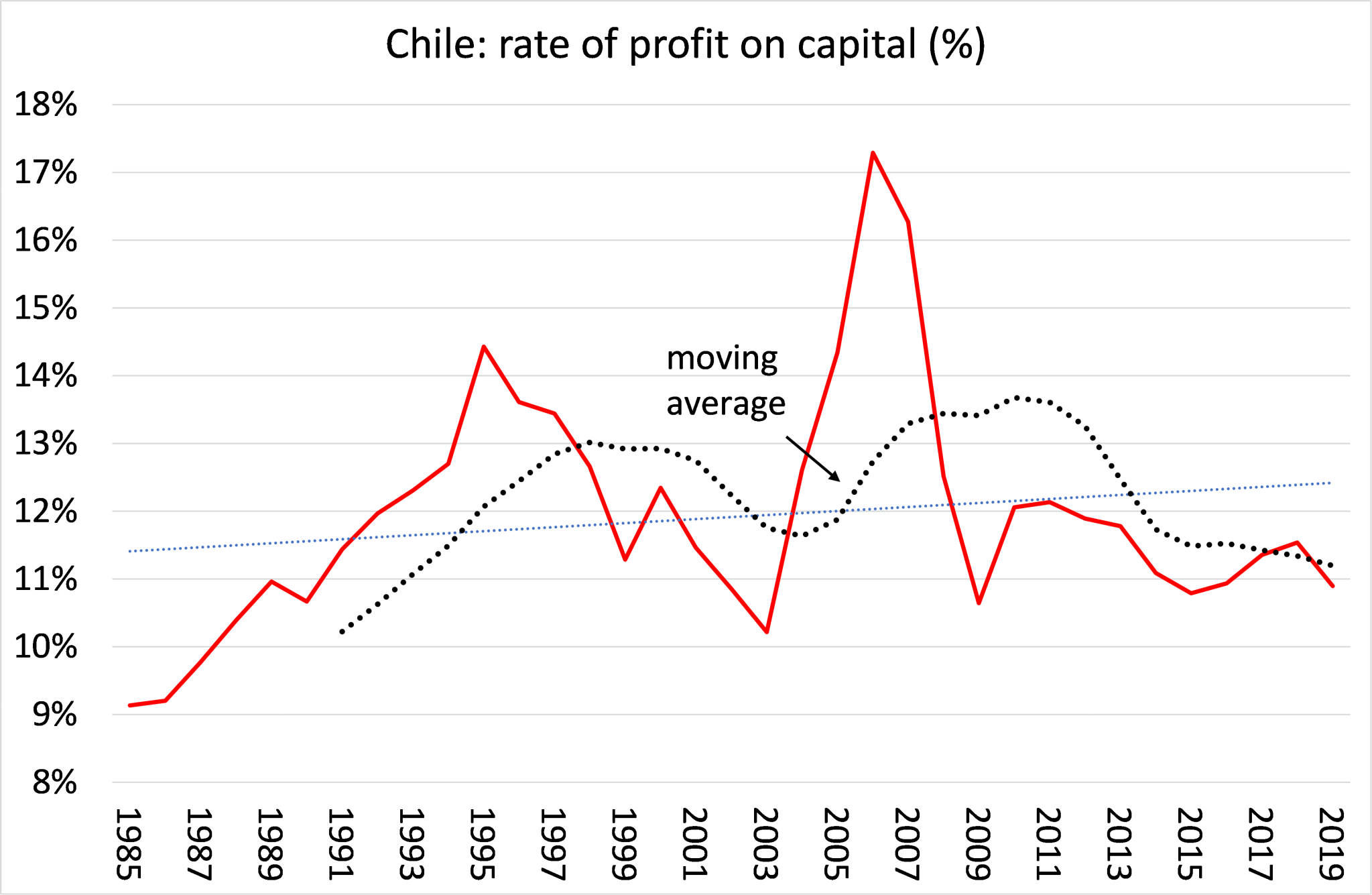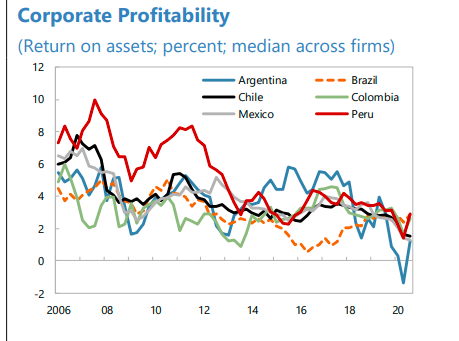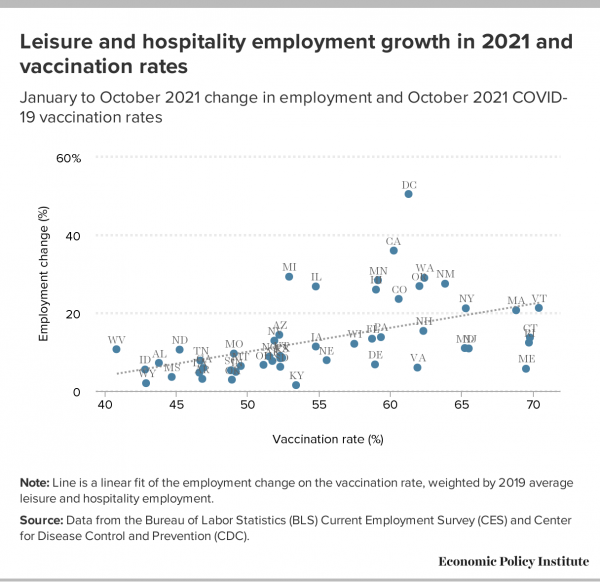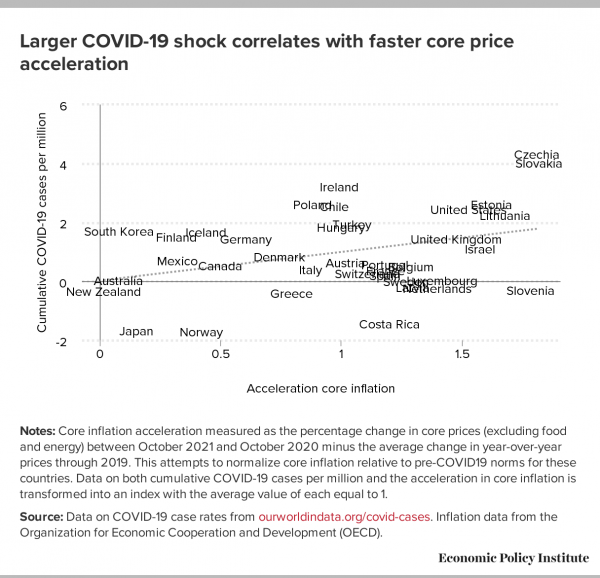As we all know, local newspapers have been dropping like flies over the last two decades. Even major regional papers like the Chicago Tribune and Cleveland Plain Dealer have fallen on hard times, sharply cutting back their staff and coverage. In many cases, hedge or private equity funds have done the downsizing or closures. They continue to circle like vultures over the ones they have not already bought. It is reasonable to ask whether anything can be done to reverse this decline.
My friends, Robert McChesney and John Nichols, have put forward the “Local Journalism Initiative (LJI)” to answer the call. (A fuller version is available here.) Their proposal would set out a pot of money to be distributed to local newspapers, based on votes at the county level. They propose elections take place every three years, with each person given three votes. The money would be distributed to news organizations in proportion to the votes received, with a cutoff of 1.0 percent required to get any funding, or 0.5 percent in large counties.
They envision the total size of the pot to be equal to 0.21 percent of GDP or roughly $46 billion in the 2021 economy. This is their estimate of the size of the subsidy from the Postal Service to newspapers in the 19th century, when it was required to deliver newspapers at a loss.
The logic of the LJI is that organizations that provide news provide an essential pubic service in informing the population. There is a need for a public subsidy, since the service will be grossly underprovided in the market as currently structured.
They point to the postal subsidy as a recognition of this need. Like the postal subsidy, their proposal leaves the government neutral as to the content of the news. Voters will decide which organizations they believe are worth their support and the money would be divided accordingly.
They do set out criteria for qualifying for eligibility, a news organization must meet the following:
- Be formally identified and understood as non-profit;
- Be functioning for six months prior to the election, so voters can see what the applicant actually does;
- Be based in the home county with 75 percent of its salaries going to employees based in the home county;
- Be completely independent; not a subsidiary of a larger nonprofit group;
- Produce and publish original material at least five days per week on its website;
To my view this is an interesting proposal that deserves serious consideration. It is also worth noting in this context a proposalthat was included at one time in the Build Back Better (BBB) plan, which would give subsidies to local news outlets for employing reporters.
These subsidies would be much smaller, coming to around $340 million a year. They also are intended to go to existing for profit newspapers, including newspapers that are owned by large chains. Although the sum of the money involved in the BBB proposal is two orders of magnitude smaller than the amount in the LCI, it at least is an explicit recognition of the desirability of subsidizing the provision of local news.
A Tax Credit System: A Third Option
While I think the LJI would be an enormous gain, if we could win it, I continue to prefer the tax credit system that I have been pushing for several decades. This is a proposal for an amount of money to be allotted to every person (e.g. $100) to be given to the creative worker or organization of their choice. This funding would not be restricted to news organizations. It would instead go to whoever the person designated to get the money. (I describe the proposal in chapter 5 of Rigged [it’s free].)
I would have only three conditions for receiving the money. First, that the person (an individual writer, musician, singer etc.) or organization (publisher, newspaper, recording company etc.) must register with the I.R.S. saying what it is they do.
Second, whoever registers is ineligible for copyright protection for a substantial period of time, say three to five years after being in the system. This is to prevent people from getting money through the tax credit system and then establishing a name for themselves and earning really big bucks in the copyright system (more on this in a moment). We give people one subsidy for their work, not two. It also follows from this that all material produced in the system is fully open and cannot be subject to any sort of paywall.
Third, a person or organization must get a certain minimum amount, say $3,000, to collect anything. This is to prevent against the most obvious type of fraud, where one person gives their friend their $100 credit, and in turn their friend gives them their $100 credit. It would still be possible to coordinate 30 people giving the same person their $100 and then rebating the payment to each one, but that would be a lot of illegal coordination for very little potential payoff.
Simple, Simple, Simple: The Key to the Tax Credit System
My preference for the tax credit system is both that it applies to a much broader range of material than just news, and that I think it would be far easier to implement and enforce. I would also add that it can in principle be sliced and diced so that it can be phased in incrementally at the national level or put in place at the state or even local level.
Before getting into some of the logistics, it is important to make an often overlooked point about copyrights. McChesney and Nichols are right to point out the postal subsidy in the 19th century as an explicit recognition that newspapers filled an important public purpose. In the same vein, copyright monopolies are established by Congress for the public purpose of promoting creative work.
This is stated explicitly in the constitution where the issuance of patents or copyright monopolies is laid out as one of the powers of Congress, in Article 1, Section 8, just like the power to tax or the power to declare war:
“To promote the progress of science and useful arts, by securing for limited times to authors and inventors the exclusive right to their respective writings and discoveries;”
It would be difficult to envision clearer wording. Copyright monopolies are given to promote a public purpose, which may not be adequately met without some form of government subsidy. They are not a right of individual creators included in the Bill of Rights.
Issuing copyrights is a power that Congress may or may not choose to exercise, just as it is not obligated to impose taxes or declare war. It can also set whatever terms it deems appropriate for copyright, making the monopoly longer or shorter or stronger or weaker.
This is the context in which it makes sense to exclude recipients of tax credit money from copyright protection. If the government is giving a person one subsidy through the tax credit system, it doesn’t make sense to give them a second subsidy in the form of a copyright monopoly. We also want to ensure that the public gets the full benefit of its tax credit subsidy by requiring that any material produced through the system is fully open and can be freely distributed all around the world.
This also fits with the “simple, simple, simple” requirement. The ban on recipients getting copyright protection is self-enforcing. Anyone can claim a copyright, but if they tried to enforce it for material they produced when they were in the tax credit system, the alleged infringer need only point out that they were in the tax credit system at the time the work was produced. Therefore, there is no valid copyright. The government does not have to do anything in this story.
The model for this tax credit system is the tax deduction for charitable contributions. Under this provision, a wide range of organizations, including churches, charities for the poor, and cultural and scientific organizations, can effectively receive a subsidy from the government by registering with the I.R.S. as a non-profit organization.
For a person in the top tax bracket, this subsidy comes to almost 40 cents on the dollar. This means that if a wealthy person wants to give $1 million to a particular church or cultural organization, the government reimburses them for $400,000 of this sum.
The I.R.S. makes no effort to determine whether a particular charity is an efficient way to provide services to the poor, or whether a certain religion is a good religion. The only question is whether the organization does what it claims to do.
The same principle would apply with registering to be eligible for the tax credit system. An individual or organization would have to indicate what it is they claim to do (e.g. write, perform music, report on local news etc.). The I.R.S. would only have the responsibility to verify that the organization does in fact do what they claim.
From the individual’s standpoint, using the tax credit would be as simple as taking the charitable deduction, with the distinction that the credit would be available to everyone, not just people who had tax liabilities. And, unlike the charitable, the government would be picking up the full amount, not just reducing tax liabilities by some fraction of the amount contributed. (If we wanted to make the use of the credit system very simple, we can have a unique number for each person or organization registered. Taxpayers could then indicate on their tax forms the amount of their credit they want to go to them.)
Tax Credits vs. Local Journalism Initiative
This tax credit system is obviously much broader than the LJI, but even though promoting local journalism may not be its primary purpose, it may actually be more effective in meeting this goal. The main point here is that local journalism gets nothing if there is not a measure that can gain political support. By making the target of the tax credit creative work more generally, and not just local journalism, there is potentially a much wider range of supporters.
It is also important to recognize that it is not just newspapers that have suffered in the digital age. The money spent on recorded music has also plummeted over the last quarter century. In 2000, people spent $19.1 billion on recorded music, an amount equal to 0.18 percent of GDP. This had fallen to $2.3 billion by 2020, just over 0.01 percent of GDP. The bulk of this money goes to a small number of big-name singers and musicians, leaving almost nothing for the vast majority of recording artists.[1]There is a strong argument for creating an alternative mechanism of support in this area as well.
Making a broad target also gets the government out of the business of defining what is a local news organization. In the digital era, we are talking primarily about on-line new sites, with physical newspapers playing at most a very secondary role. Is the government going to police these sites and disqualify ones that make fiction, cartoons, or music available on their sites in addition to local news? These additions would likely make them more attractive to the people voting on where their money goes, but don’t fit the definition of local news.
To my view, the profit/non-profit distinction is also not especially valuable. There are plenty of non-profit organizations where CEOs and other top executives can pocket millions of dollars a year. I can’t see any reason for being okay with an organization that has grossly overpaid top management pocketing money, but being upset if someone is making a profit off the system through owning shares. It seems the main check on abuses has to be that people will be less likely to give their credits or votes to an organization that does not actually provide useful material.
In terms of the money that news organizations actually need to be effective, I am inclined to think that it is likely far less than would have been true sixty or seventy years ago. Part of the reason is that people are less dependent on the news media to get information.
Forty, or even thirty years ago, if someone wanted to know what their city council or state legislature did, they would be almost totally dependent on the media. Unless they were prepared to physically go to the relevant offices to get the records of meetings and bills that were passed or voted on, they would have no way of knowing what was going on. Today, the vast majority of this material is available on the web.
The same is true for government data in a wide range of areas. For example, if I wanted my state or county budget, three decades ago I would have to go down to the offices where they are kept, or arrange to have copies sent to me.
We still need reporters to do the legwork and find out what is going behind the scenes. They need to find out which politicians or interest groups were pushing or blocking specific legislature. We also need experienced reporters to explain the significance of various measures whose meaning might not be clear to casual observers, but much of the background information can now be provided by a link to website.[2]
Also, if we compare the publication process today to what would have existed forty years ago, there have been substantial efficiencies in writing up news that did not exist in the past. Most obviously, no one has a secretary anymore to type up their articles. They also can rely on spellcheck programs to correct most spelling errors and many grammatical mistakes. There is still a need for editors to review articles, but much of the office staff that would have been essential in a newsroom forty years ago would not be necessary today.
In addition, since print copies are likely to be a relatively unimportant part of news operations going forward, the expenses associated with laying out and physically printing and distributing newspapers is no longer a major issue. Of course, newspapers would always be able to sell physical copies to people who wanted them, but presumably the price would roughly cover the cost of print editions.
News outlets could also get some money from advertising, although the amount available in a copyright free world would be less than what they may be able to take in now.[3]Still, it would be far from zero. People are attached to specific websites, and even if they could find all the material posted at various other sites, if they like what is produced on a news outlet’s site, they will be regular visitors and therefore good targets for advertisers.
The prohibition on copyright protection for organizations and individuals receiving the tax credit would also mean that most of the largest newspapers in the country would not be eligible. It is unlikely that a profitable paper like the New York Times or Wall Street Journal would opt to give up their copyright protection to be eligible for tax credit money. Nor would their reporters, many of whom expect to make large sums from book contracts, be willing to have the option for copyright protection precluded. This means that tax credit money destined for news outlets would be going to smaller ones and new upstarts.
For these reasons, a reasonable target for money from a tax credit to support news production is considerably smaller than the 0.21 percent of GDP that McChesney and Nichols envision. There are roughly 3,000 counties in the United States. Suppose that we would like an average of between five and ten full-time equivalent (FTE) reporters and editors for each one. If this seems insufficient, consider that many of these counties have just a few thousand people and can likely be well-served with just two or three FTE reporters and editors.
This would imply total staffing of between 15,000 and 30,000 people. The average compensation in the private sector for a FTE worker in 2019 was $66,800.[4] If we raise this 10 percent to cover inflation and pay increases in the last two years, and throw in 20 percent for non-wage compensation, we get an average of $88,200 for a FTE employee. That would imply a total cost of between $1.3 billion and $2.6 billion for staffing up the nation’s newsrooms.
It seems plausible that this much money can be raised from a tax credit of say $100 to $150 per person, designed to support creative workers of all types. The country has roughly 280 million adults. If everyone took advantage of a tax credit of this size it would generate $28 billion to $42 billion annually. Clearly take up won’t be 100 percent, but it is likely to be fairly high, since it is effectively free money.[5]
Would it be possible to convince the public that five or ten percent of the money designated to support creative work more generally should support local news coverage? That seems unknowable in advance of putting in place this sort of system, but if individuals would not voluntarily cough up this much money from a broader tax credit, it seems like a measure designated to give this much, or more, money to support local news would have a difficult legislative path.
Experimenting at the State and Local Level
Since opportunities for getting major legislation passed at the national level are rare, it is always useful to consider whether proposals can be structured in a way where they can be effectively implemented at the state or local level. (A wealthy person who cared about democracy could also cough up the money.) There actually could be a very interesting story where a state or even city attempts to experiment with a creative worker tax credit.
Suppose a state, or even city, proposed to give all their residents $100 or $150 to support creative workers. This would create a substantial pot of money to attract creative workers of all types. As with the national credit, the rules would require that all the material created during the period the person is receiving money through the system not be subject to copyright protection. This means it would be freely available for the whole world.
There could also be a residency requirement, with recipients required to live in the city or state, say for eight or nine months a year. If musicians, writers, or other creative workers are required to live in an area for much of the year, they are likely to want to perform music or plays, or run writing workshops, or do other activities to increase their income. This would also be a good strategy for them since it would make them better known to the people who are giving out their tax credits.
This sort of concentration of creative workers could make a state or city a mecca for the arts that could attract a large number of visitors each year. The revenue from visitors could plausibly cover much or all of the cost of the credit. Of course, this benefit would be in addition to the material produced for the people in the state or city.
In any case, it would be a relatively limited commitment for a state or city to put a tax credit system in place for a period of time. This sort of experiment would provide insight into how it could work on a larger scale.
Subsidies Without Selecting Content
The most important characteristic of both the tax credit system and LJI is that they provide public subsidies without any attempt to determine content. This is an essential feature since there would be little public support for a major expansion of government-run news or culture production, nor should there be.
It is important that individuals decide what news and cultural organizations they are prepared to support. This is the beauty of the original public subsidy, the provision for copyright monopolies in the constitution. The ability to claim a copyright monopoly does not depend on the content, only that the work be original.
In the same vein, these proposals do not get the government involved in determining content. This is left to individuals to determine where their money will go. If we hope that news outlets survive, and creative work will thrive, this is the path we should want to follow.
[1]There is also a sharp decline in the money spent at movie theaters, from 0.008 percent of GDP in 2000 to 0.006 percent of GDP in 2019, which is partially offset by increased spending on streaming services. The overall picture will not be clear until after the pandemic is over.
[2]This is also a large part of the story of the decline of major regional newspapers like the Chicago Tribune or Los Angeles Times. Since almost all papers can be readily viewed on the web, no one is dependent on these papers for their coverage of national or international news
[3] To level the playing field a bit, in my dream world social media companies, like Facebook, would not enjoy Section 230 protection. If a company takes ads or sells personal information, it should be liable for defamatory material that it circulates, as is already the case for newspapers.
[4] This figure comes from the Bureau of Economic Analysis’ National Income and Product Accounts, Table 6.6D, Line 1.
[5]There is an argument that take-up rates would initially be lower, since people would be unfamiliar with the system. If there is reason to believe this would be the case, then the initial sums could be larger, phasing down to the targeted level over time.
